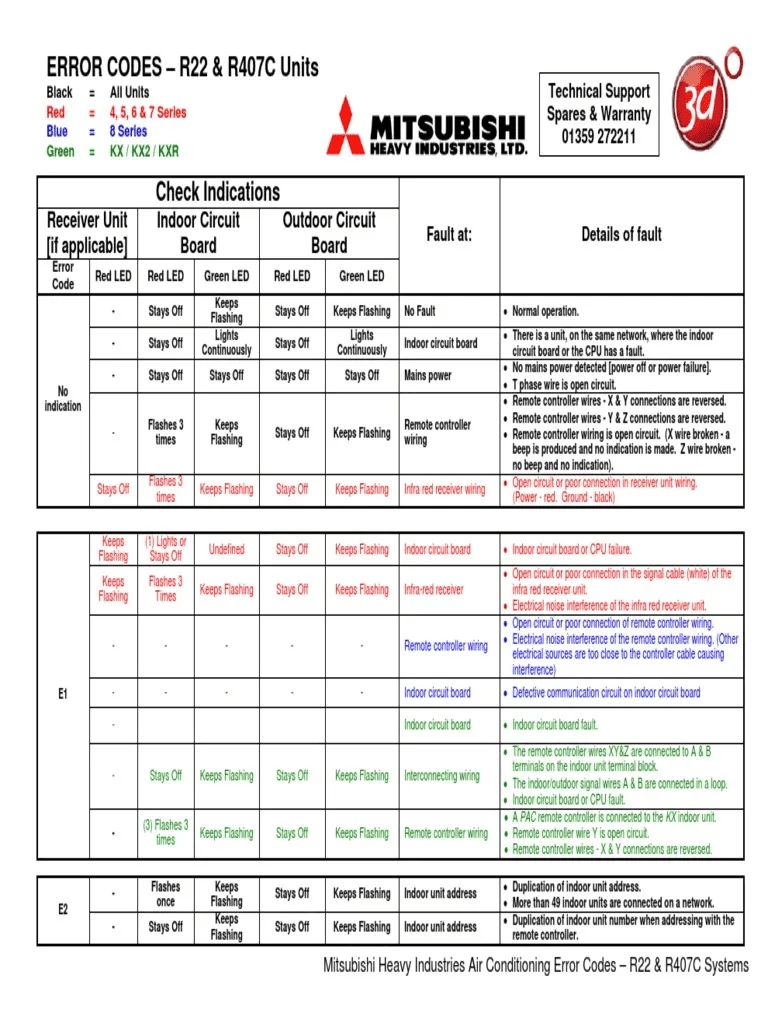Mitsubishi vehicles are renowned for their reliability and durability, but like any vehicle, they can develop problems over time. If you’re experiencing problems with your Mitsubishi, the first thing to check is the check engine light. If the light is on, it means there’s a problem with your vehicle that needs to be addressed. One of the best ways to diagnose the problem is by understanding the Mitsubishi Generic Trouble Codes.
Generic Trouble Codes (GTCs) are codes that are stored in your vehicle’s computer when a problem is detected. These codes can be read using a code reader or scanner, which is usually available from car parts stores or can be purchased online. Once you’ve obtained the code, you can use our guide to decode it and determine the problem with your vehicle.
Mitsubishi Generic Trouble Codes are usually four digits, with the first digit indicating the system or component that’s causing the problem. For example, a code beginning with ‘P’ indicates a powertrain problem, while a code beginning with ‘B’ indicates a body or chassis problem.
Our guide provides a comprehensive list of Mitsubishi Generic Trouble Codes, along with their meanings and possible causes. Armed with this information, you can troubleshoot your vehicle and determine the best course of action for repairs.
It’s important to note that although GTCs can help diagnose problems with your Mitsubishi, they are not always 100% accurate. Sometimes several codes can be triggered at the same time, or a code may be triggered by a faulty sensor rather than an actual problem with the component. If you’re unsure about the problem with your Mitsubishi, it’s always best to consult a professional mechanic.
In conclusion, understanding Mitsubishi Generic Trouble Codes is essential for any Mitsubishi owner. Our guide will help you decode the GTCs and fix the problem with your vehicle, saving you time and money on repairs.
